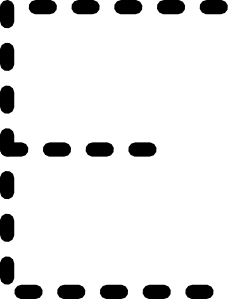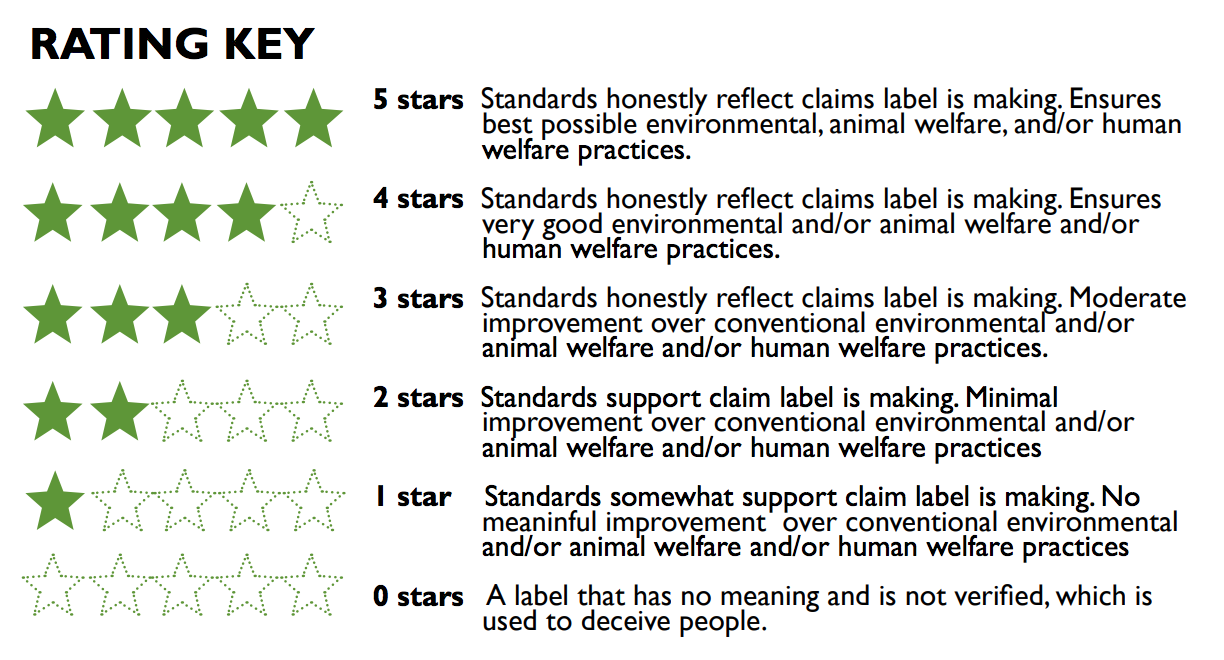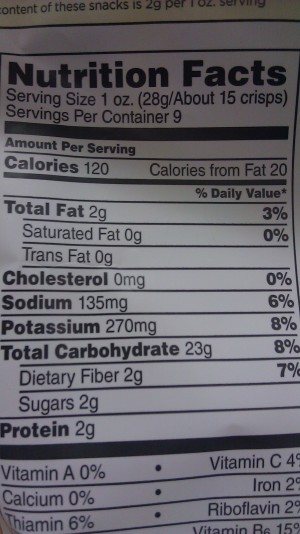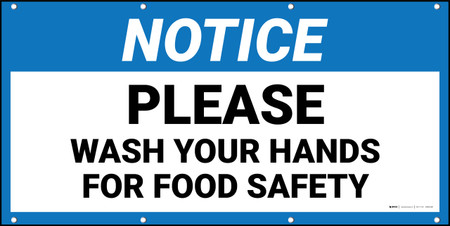41 e numbers on food labels
Food With E Numbers - TheSuperHealthyFood Food With E Numbers . ... In Australia, it can be found on labels with the code number 300, such as "food acid 300", "ascorbic acid (300)" or "vitamin C (300)". What do the numbers mean? 100 to 199: Food colouring. Saffron is "food colour 164" in Australia (or E164 in Europe). Other spices commonly used to add colour to foods ... E-numbers - A guide for Food Labelling - Medic8 E-numbers - A guide for Food Labelling E-numbers E-numbers or additives have a variety of roles which include: They can add colour or generally improve the appearance of food. They can help to sweeten food and drinks. They can act as flavour enhancers. They can help to bind food together or 'gel'. They can increase the shelf-life of food.
Food labelling and packaging: Food labelling - what you must show - GOV.UK You must show the following information: the name of the food. a 'best before' or 'use by' date. any necessary warnings. net quantity information. a list of ingredients (if there is more ...

E numbers on food labels
Food additives | EFSA Food additives are always included in the ingredient lists of foods in which they are used. Product labels must identify both the function of the additive in the finished food (e.g. colour, preservative) and the specific substance used either by referring to the appropriate E number or its name (e.g. E 415 or Xanthan gum). › pdf › E-NumberFOOD INGREDIENT NUMBERS: (E-numbers) (INS) (E-numbers) E numbers. are number codes for food additives and are usually found on food labels throughout the European Union. The "E" stands for "Europe" or "European Union". Normally each food additive is assigned a unique number, though occasionally, related additives are given an extension ("a", "b", or "i", "ii") to another E-number. Food additives and E numbers - BTSA This system has come to be called "E Numbers Classification". As stipulated in the Codex General Standard for Labeling, identification numbers should only be used together with generic names that make sense to consumers, as descriptions of the effective functions of food additives. For example, when tartrazine is used as a colourant in a ...
E numbers on food labels. Food labels: What are additives and E-numbers? - AngeNoy.com Adjust the acidity level in food for sour tastes and help prevent fats and oils from deteriorating. Example: E330 - Citric acid, used to add a sour taste to foods and drinks. E400 - 499 | Thickeners, stabilisers and emulsifiers Thickens foods, prevents water and oil in certain foods from separating. Example: E440 - Pectin, used as a gelling agent in jams. Even though food labels give consumers an overview of some important numbers and ingredients, this information is still not sufficient to determine whether a certain kind of diet may be healthy or not. The numbers on food labels are just too high-level and not detailed enough. Food additives and E numbers: Understanding food labeling - SchoolDays.ie Understanding food labeling 'E numbers' are codes for natural and artificial food additives that appear in food labeling. The coding was set up and is used by the European Union. The 'E' stands for Europe and appear on food labelling that is assessed and approved by the European Food Safety Authority. The E code that appears on your label has been approved and is safe to be consumed by this body. › safety-hygiene › food-additivesFood additives | Food Standards Agency Some consumers think of food additives (E numbers) as a modern invention used to make cheap foods. In reality, food additives have a long history of consumption and are used in many traditional foods. For example, wines including Champagne contain sulphites, and bacon contains the preservatives nitrates and nitrites to prevent the growth of ...
› nutritionsource › food-labelUnderstanding Food Labels | The Nutrition Source | Harvard T ... Chile implemented the Law of Food Labeling and Advertising in 2016, comprised of mandatory front-of-package (FOP) warning labels, restrictions on child-directed marketing, and the banning of sales in schools of all foods and beverages containing added sugars, sodium, or saturated fats that exceeded set nutrient or calorie thresholds. [1] Labelling Requirements | Additives | FAQs | The Food Safety Authority ... Since the 20th July 2010, food and drink containing sunset yellow (E 110), quinoline yellow (E 104), carmoisine (E 122), allura red (E 129), tartrazine (E 102) or ponceau 4R (E 124) is required to display the following warning message: "Name or E number of the colour(s) (e.g. Sunset Yellow): may have an adverse effect on activity and attention in children." Food-Info.net : What does the e-sign mean on a label The e -sign on a food label indicates that the volume or weight of the product is an average value. Packaging machines in the food industry are not completely accurate; there will always be a margin of inaccuracy. Also, many products are not homogeneous, but contain lumps, pieces of fruits etc, which means that the same volume may have a different ... Additives & E-numbers | Food Standards Scotland E-numbers on additives mean they've passed safety tests, and have been approved for use here and in the rest of the European Union. Find out more about additives and e-numbers on the Food Standards Agency website or read about compliance with the requirements of revised European Union food additives legislation, which applied from 1 June 2013.
What does the e symbol on foods actually represent? - Positive ID Labels The e symbol on foods is a declaration by the packer that the contents comply with the "average system". On foods, the e symbol is used to ensure the consumer is fully aware that the weight is compliant with the Weights and Measures Regulations 2006. Basically, the weight on the packet is within a small margin of inaccuracy. E-Numbers Listed on Food Labels - EzineArticles For example, if you want to list the ingredient for a specific color the E-number would be followed by a number ranging between numbers 100 and 181, antioxidants range from300 to 340, flavor enhancers range from 600 to 650 and glazing agents are 900 to 910. How to Understand and Use the Nutrition Facts Label | FDA It's important to realize that all the nutrient amounts shown on the label, including the number of calories, refer to the size of the serving. Pay attention to the serving size, especially how ... E numbers, food additives, preservatives, toxins, food colors, health ... E - NUMBERS - Food Additive Codes You are digging your grave with your teeth! Sulfites, Nitrates, Nitrites, Benzoates, Citrates, Phosphates, Sorbates, MSG, Glutamates You are destroying your own health, and the health of your kids and you are paying for it out of ignorance!
Additives in food products - EU labelling rules - Your Europe If your business sells food additives alone or in mixed batches, you must comply with the rules in article 22 of the regulation. The labelling must contain: official name and/or E-number of the additive; statement 'for food' or 'restricted use in food' or a more‑specific reference to its intended food use
E Numbers MSG - Truth in Labeling E332 Potassium citrates (i) Monopotassium citrate (ii) Tripotassium citrate E333 Calcium citrates (i) Monocalcium citrate (ii) Dicalcium citrate (iii) Tricalcium citrate E380 Triammonium citrate E472c Citric acid esters of mono- and diglycerides of fatty acids E1505 Triethyl citrate The E list includes a number of starches.
A vegan's guide to reading food labels E Numbers on food labels. As well as this, food additives can create another issue. All food additives in Europe must be marked on the ingredients list and are given an E number, which can make navigating labels a little more difficult. Many of these E numbers are fine for vegans, however there are a few to look out for that are not cruelty ...
Approved additives and E numbers | Food Standards Agency E numbers Additives; E100: Curcumin: E101 (i) Riboflavin (ii) Riboflavin-5'-phosphate: E102: ...
Food labelling: giving food information to consumers - GOV.UK You must include a business name and address on the packaging or food label of pre-packed food products. This must be either: the name of the business whose name the food is marketed under the...
PDF Food Labeling Guide - FDA the information panel (e.g., the UPC bar code is not FDA required labeling). 21CFR 101.2(e) 8. What name and address must be listed on the label? Food labels must list: a. Name and address of the ...
E numbers (food additives) | DermNet NZ Meat, Chinese foods, packet convenience meals and snacks (eg. soup), dries products, crisps and potato snacks. E622: Monopotassium Glutamate: Similar to Monosodium Glutamate. Similar to 621. E623: Calcium Glutamate: Similar to Monosodium Glutamate. Similar to 621. E624: Monoammonium glutamate : E625: Magnesium diglutamate : E626: Guanylic acid : E627: Sodium Guanylate
Food additive labelling Enzymes and most flavourings (or flavour) do not need to be named or identified by a food additive number and can be labelled by their class name only. The class name indicates what the food additive does (i.e. its purpose). Read a list of the most common class names of food additives.

What The Numbers On Produce Stickers Really Mean | What's the number, Health and nutrition, Food ...
vegsoc.org › info-hub › veggie-need-to-knowE-Numbers | The Vegetarian Society Not all E numbers are suitable for a vegetarian or vegan diet. It can feel confusing when reading food labels but it doesn’t take long to get familiar with ones to watch out for. If a product has the Vegetarian Society Approved vegetarian or vegan trademark on, you can be sure that the E numbers used are veggie and/or vegan friendly.
theconversation.com › explainer-what-are-e-numbersExplainer: what are E numbers and should you avoid them in ... The "E numbers" in the ingredients list of your packaged foods replace the chemical or common name of particular food additives. These are used to enhance the colour, flavour, texture or prevent...
en.wikipedia.org › wiki › E_numberE number - Wikipedia In some European countries, "E number" is sometimes used informally as a pejorative term for artificial food additives, and products may promote themselves as "free of E numbers". This is incorrect, because many components of natural foods have assigned E numbers (and the number is a synonym for the chemical component), e.g. vitamin C ( E300 ...
e-symbol on labels - What it is and Why. - GLOW SKINCARE The e -sign on the label indicates the legally accepted average and margins for the product. The EU allows a slight variance, or margin of error. This means that occasionally you might get slightly more, or less than the label says. But, on average consumers will get what's advertised on the label. This is why it's called the 'average fill system'.
Food additives and E numbers - BTSA This system has come to be called "E Numbers Classification". As stipulated in the Codex General Standard for Labeling, identification numbers should only be used together with generic names that make sense to consumers, as descriptions of the effective functions of food additives. For example, when tartrazine is used as a colourant in a ...
› pdf › E-NumberFOOD INGREDIENT NUMBERS: (E-numbers) (INS) (E-numbers) E numbers. are number codes for food additives and are usually found on food labels throughout the European Union. The "E" stands for "Europe" or "European Union". Normally each food additive is assigned a unique number, though occasionally, related additives are given an extension ("a", "b", or "i", "ii") to another E-number.
Food additives | EFSA Food additives are always included in the ingredient lists of foods in which they are used. Product labels must identify both the function of the additive in the finished food (e.g. colour, preservative) and the specific substance used either by referring to the appropriate E number or its name (e.g. E 415 or Xanthan gum).












Post a Comment for "41 e numbers on food labels"